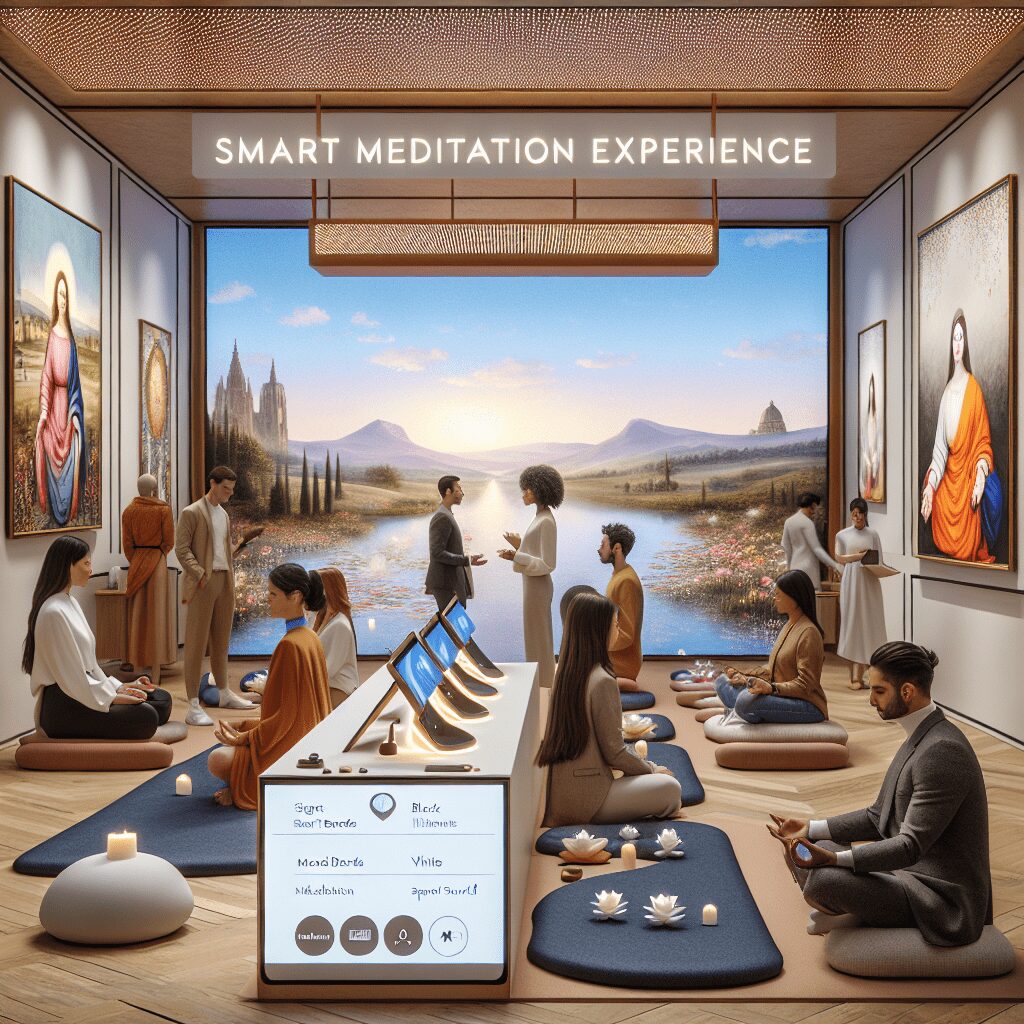
Prioritize your mental well-being daily. Enhance your life by nurturing your mental health with the Smart Meditation app. Break free from stress, alleviate anxiety, and enhance your sleep quality starting today.
How To Deal With Ptsd And Anxiety?
Navigating the Choppy Waters of PTSD and Anxiety
Living with PTSD (Post-Traumatic Stress Disorder) and anxiety is akin to perpetually being on a boat rocked by stormy waters. For some, the waves come and go, manageable with the right tools. For others, the storm seems relentless. However, within this tempest, there are lifelines and navigational aids that can steer you toward calmer waters. Let’s dive into some strategies and insights that could make the voyage a tad easier.
Cultivating a Toolbox of Strategies
-
Recognize and Respect the Journey: First things first, understanding and accepting that you’re dealing with PTSD and anxiety is a pivotal step. It’s not a sign of weakness; it’s acknowledging that you’ve survived a storm and you’re working through its aftermath.
-
Seek Professional Help: This can’t be stressed enough. Therapists and psychologists are akin to seasoned navigators in the realm of mental health. Whether it’s through CBT (Cognitive Behavioral Therapy), EMDR (Eye Movement Desensitization and Reprocessing), or other therapeutic techniques, professional guidance is invaluable. And, hey, getting a prescription for medication is not a defeat; sometimes the chemistry needs a bit of tweaking.
-
Build a Supportive Network: Humans are social creatures by nature. Building a support system of friends, family, or support groups who understand or share your experiences can be a beacon of light. It’s like having first mates and cabin crew on your boat who get it and have your back.
-
Mastering Self-Care and Mindfulness Techniques: Engaging in self-care isn’t just bubble baths and spa days (though those are great!). It’s also about setting boundaries, practicing mindfulness, or maybe picking up yoga and meditation. Mindfulness and grounding techniques can act like anchors, holding you steady during high tides.
-
Establish Routine but Allow for Flexibility: A routine can provide a sense of normalcy and control. But remember, it’s okay if some days you can’t stick to it. Flexibility is not a failure. It’s recognizing that sometimes, you need to adjust your sails to face the winds differently.
-
Engage In Physical Activity: You’ve probably heard it before, but exercise really does help. It’s not just about keeping fit; it’s about hormone regulation. Activities like running, swimming, or even walking can help release endorphins, your body’s natural mood lifters.
-
Creative Outlets: Sometimes, words fail to express what we’re going through. That’s where art, music, writing, or any form of creative expression can come in handy. It’s like sending a message in a bottle, a way of processing feelings and experiences on your own terms.
Setting The Course: You Are The Captain
Ultimately, coping with PTSD and anxiety is a highly personal journey. What works for one person might not for another. It’s all about finding the right combination of strategies that work for you. Consider this a voyage of discovery, where you are both the mapmaker and the captain of your ship. With patience, support, and the right strategies, navigating through the rough seas to reach calmer shores is not just a possibility but a future within grasp. Remember, rough seas make skilled sailors, and every step forward, no matter how small, is a victory in its own right.





